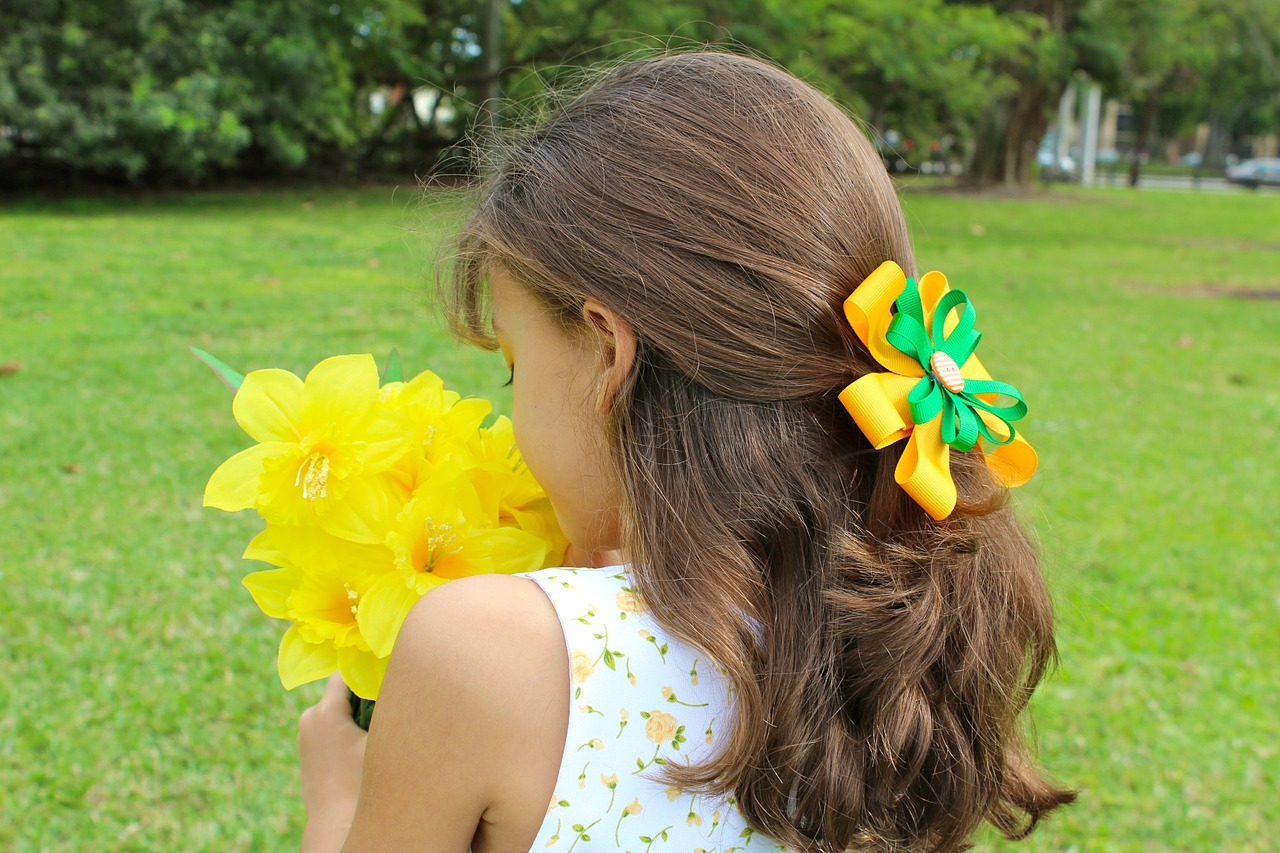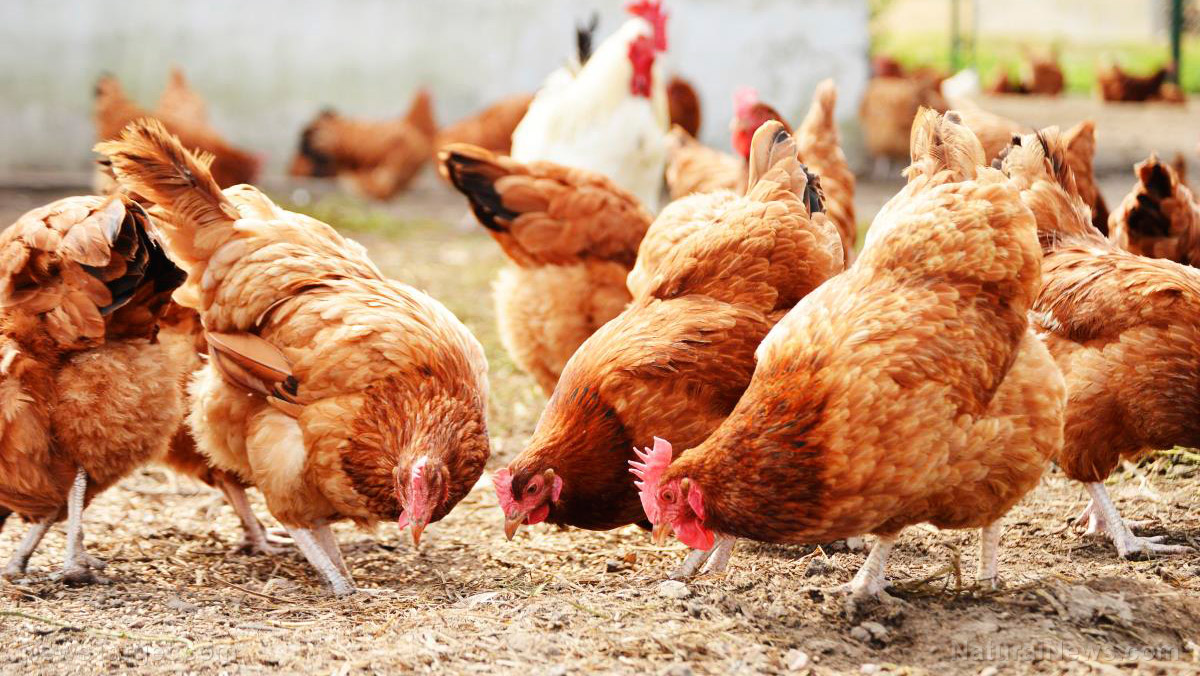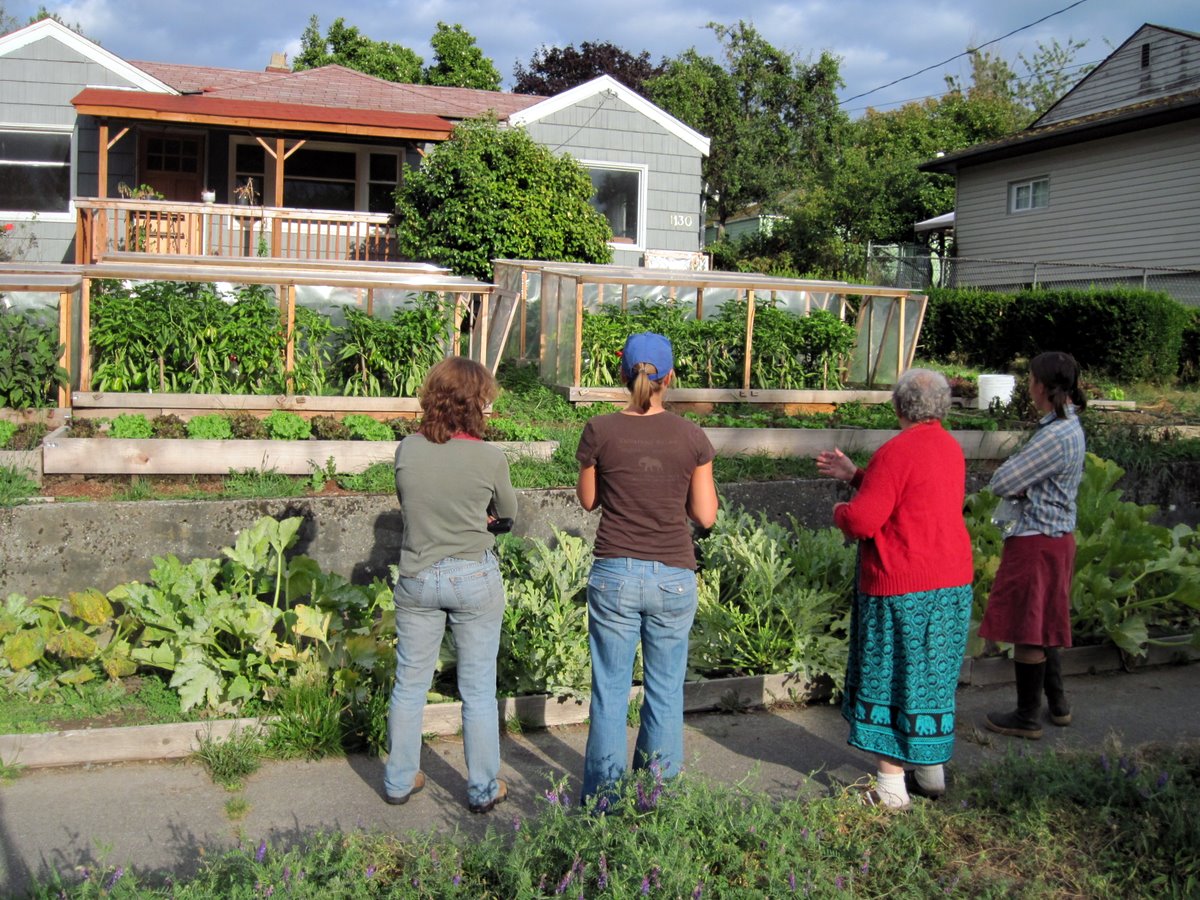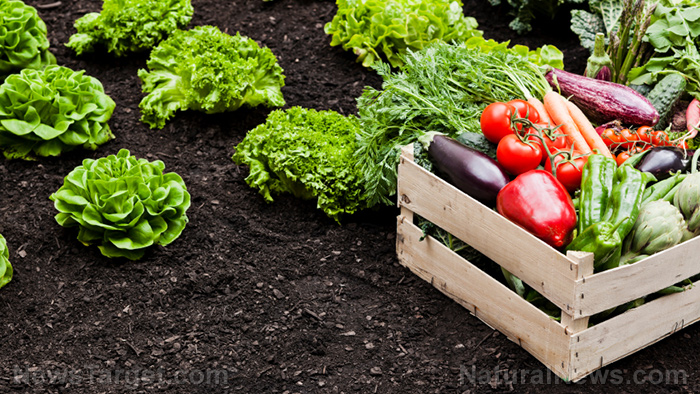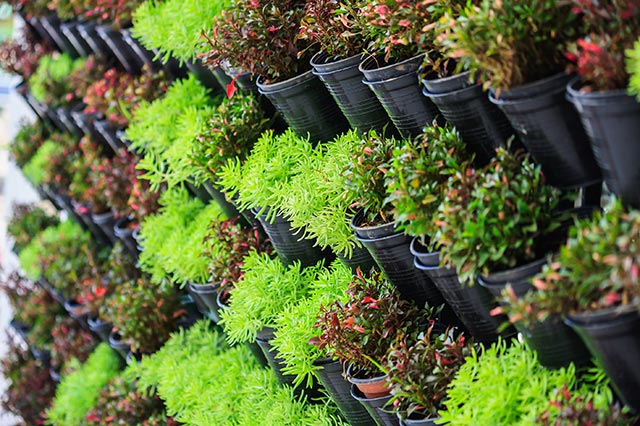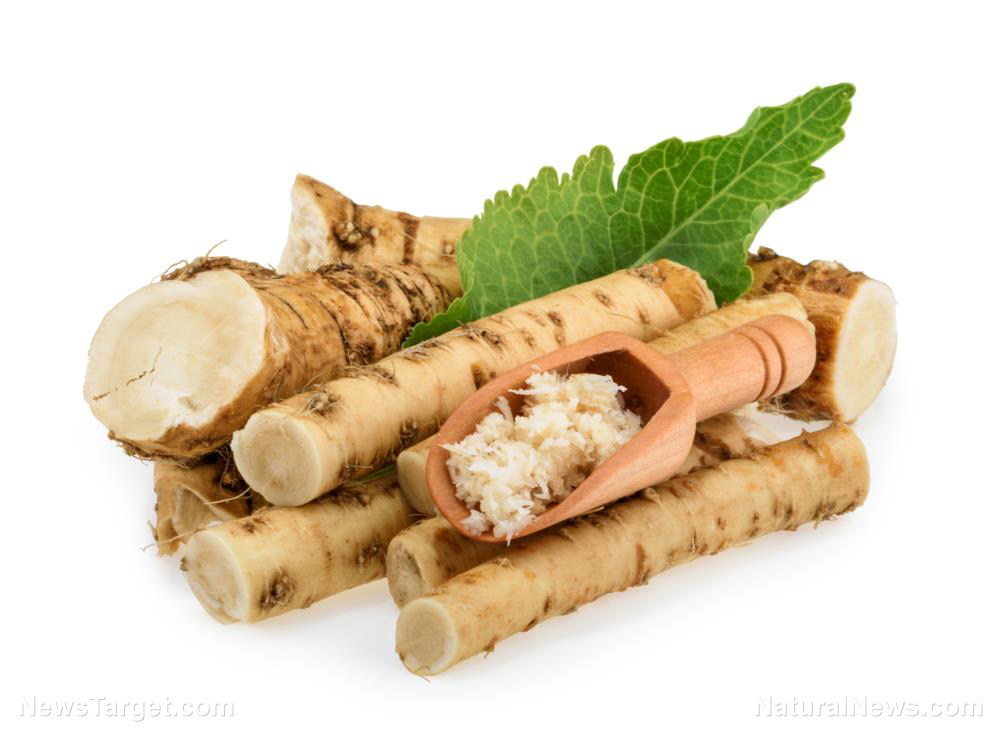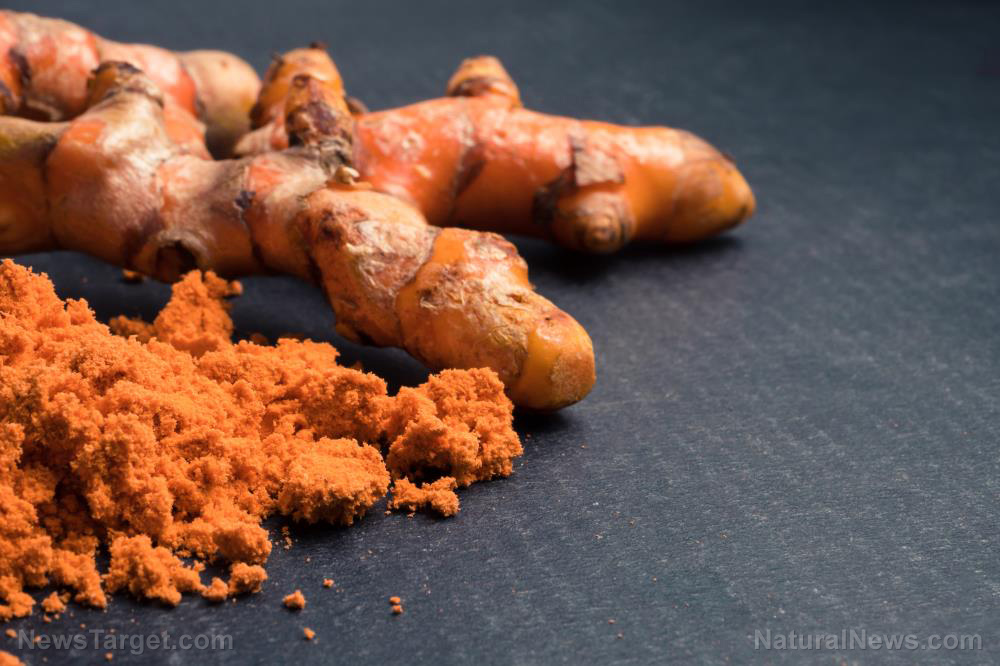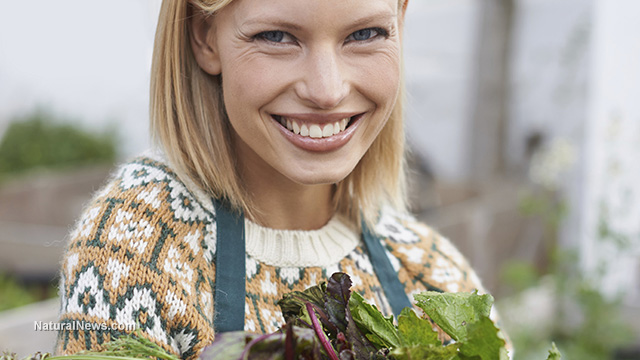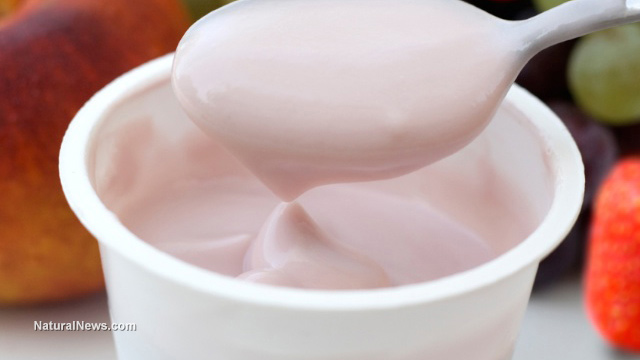Fruits and vegetables to store in your root cellar
05/29/2018 / By Zoey Sky

Before we had access to convenient food storage through refrigerators, people stored produce in root cellars. Root cellars allowed pioneers to have access to fresh produce throughout the whole year.
Modern preppers know how valuable root cellars are, especially if your garden produces more fruits and vegetables than you can refrigerate or preserve. (h/t SurvivalSullivan.com)
- Apples (Ideal temperature: 29 to 31 F, average storage life is two to seven months, but this depends on variety) – Some apple varieties store better than others in a root cellar, such as tart apples. Sweet apples tend to have a shorter storage life. Consider varieties like Fuji, Honeycrisp, Pink Lady, Rome Beauty, or Yates apples. Always store mature and unblemished apples. Wrap each apple individually and keep them in a cardboard box or a wooden apple crate.
- Carrots (32 F, four to six months) – Harvest carrots before the first frost. Remove carrot greens because they may remove moisture. Keep the carrots in a box layered with moist sand, peat, or moss. Place the carrots in layers and separate them using the material you chose.
- Garlic (32 F, five to eight months) – Harvest garlic before the bulbs start to split. Dig up the bulbs and shake them to remove any loose soil. Cure the garlic for 10 to 14 days in a well-ventilated area, like your basement or kitchen. Keep the bulbs dry and out of the sun because moisture will make the bulbs sprout. After curing, braid the garlic tops together and hang them. You can also cut the tops and store the garlic in mesh bags.
- Leeks (32 F, three to four months) – When digging up leeks, keep them intact. Store leeks upright in a bucket of sand or soil. Some of the best varieties for storage are Arena, Elephant, or Zermatt leeks.
- Onions (32 F, five to eight months) – After you harvest onions, cure them by putting them in a newspaper or a screen in a dry location for 10 to 14 days. Keep the onions away from sunlight. Once they’re done curing, remove the tops at least an inch above the onion. When storing onions, keep them in well-ventilated containers like net bags, paper grocery bags, or pantyhose. Avoid plastic or non-breathable materials. The best onion varieties to store include Brunswick, Norstar, Red Burgundy, or Yellow Globe onions.
- Pears (29 to 31 F, two to three months) – Choose bruise-free and unblemished pears for long-term storage. Wrap each pear in a newspaper and store the fruit in a cardboard or wooden box lined with plastic.
- Potatoes (40 to 45 F, four to six months) – Harvest potatoes once the plants have died. Before long-term storage, cure potatoes in a dark place. Once cured, don’t store potatoes in temperatures too low because their flavor might change. Warm temperatures can make potatoes sprout. Store either All Blue, Kennebec, Red Pontiac or Yukon Gold potatoes.
- Tomatoes (55 F, one to two or four to six months) – Tomatoes can be harvested before they’re ripe so they can ripen in storage. Some tomato varieties are better for storing compared to others. You can store the whole plant by hanging it upside down in your root cellar, or you can wrap each green tomato individually. Green tomatoes can last one to two months, but varieties suited for longer storage can last for four to six months.
- Winter squash (50 to 55 F, four to six months) – Winter squash varieties like Acorn, Butternut, Crown Prince, or Delicata are great for storage. All squash, except Acorn, need to be cured like a pumpkin to maximize its lifespan.
Tips for storing produce in a root cellar
To ensure that your produce is stored properly, follow the tips below:
- Check your stored produce regularly. If one goes bad, remove it immediately to prevent the other fruits and vegetables from going bad as well.
- Don’t store fruits and vegetables together, and separate different fruits. You want everything in your root cellar to ripen naturally and slowly.
- Harvest fruits and vegetables during dry weather for the best results.
- There’s no need to clean root vegetables before storage, but you can remove large clumps of soil.
Even if you have a refrigerator, a root cellar is a useful addition to a homestead since it lets you store food even if you don’t have electricity for several months. Read up on other kinds of fruits and vegetables that you can store in a root cellar, so you have access to produce no matter what time of year it is.
You can learn more about other fruits and vegetables that you can store in your root cellar at FoodSupply.news.
Sources include:
Tagged Under: clean foods, Collapse, disaster, food, Food storage, food supply, fresh produce, fruits and vegetables, Homestead, homesteading, off grid, organics, preparedness, prepper, prepping, root cellar, SHTF, storage methods, survival, survival skills, Survival Tips, survivalist





